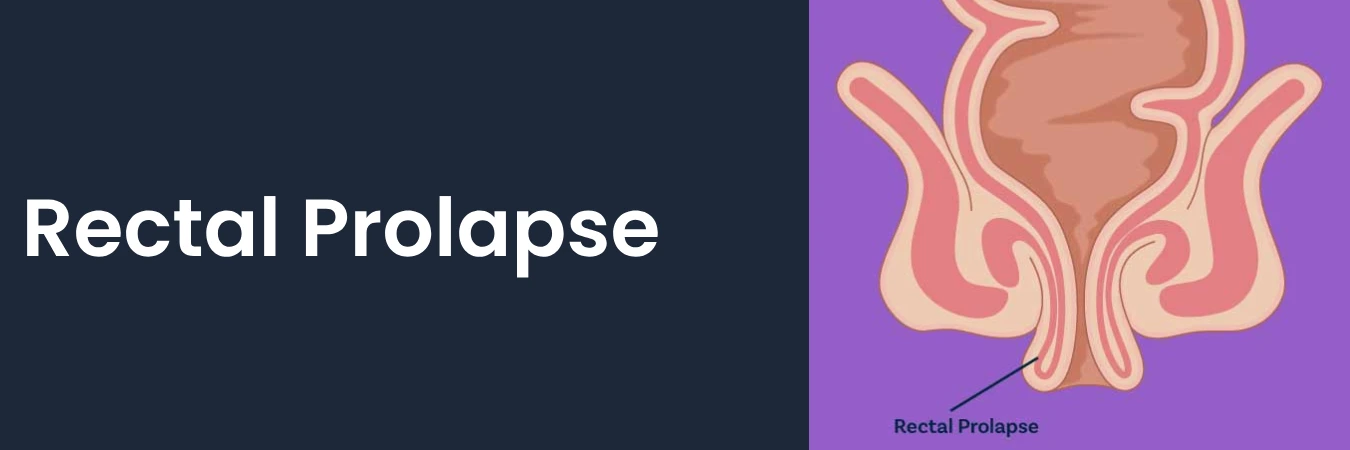Symptoms Of Rectal Prolapse
- A feeling of pressure or a bulge in the anus
- A feeling like there is something left inside the anus after you poop
- A red
- fleshy mass hanging out of the anus
- Leakage of poop, mucus, or blood from the anus
- Anal pain
- Itching
Risk factors for pilonidal sinus:
- Male sex
- Sedentary and inactive lifestyle
- Long hours of sitting
- Excess body hair
- Obesity
Treatment
Diagnosis
Diagnosis For Rectal Prolapse
To diagnose rectal prolapse, your healthcare provider will review your medical history and conduct a thorough rectal examination. Additional tests may be used to confirm the diagnosis and rule out other potential issues. These tests may include:These tests may include:
Digital Rectal Exam: This examination evaluates the lower rectum, lower abdomen, and pelvic region. It aids in detecting rectal prolapse and other medical conditions such as hemorrhoids and polyps.
Defecography: A contrast material is used in conjunction with imaging techniques like x-rays or MRI to visualize structural changes in the lower gastrointestinal tract and assess rectal muscle function.
Anorectal Manometry: This test involves inserting a flexible tube with a balloon into the anus and rectum to measure anal sphincter tightness and rectal function.
Colonoscopy: This procedure examines the large intestine and rectum for any abnormalities using a flexible tube equipped with a tiny camera.
Electromyography (EMG): EMG assesses nerve damage as a potential cause of impaired anal sphincter function and muscle coordination.
Surgery For Rectal Prolapse
Abdominal Surgery: This procedure can be performed through a larger incision or using laparoscopy, which employs small incisions and a camera for visualization.
Perineal Surgery: This option is considered when the patient is older or has underlying medical conditions. In cases where rectal prolapse is identified early, non-surgical interventions like stool softeners and manual repositioning may be recommended. However, surgery is typically the definitive solution for rectal prolapse correction.

